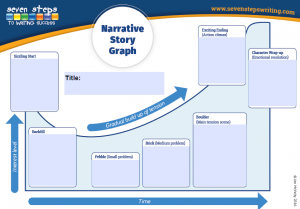Welcome to week 5! This week we will explore the wonderful vocabulary that Roald Dahl introduces us to, throughout the BFG. I have two activities for you to do this week. One of which I have sourced from the slideshow that the wonderful and clever creators – Sean Fahey @SEANJFAHEY) and Michele Waggoner (@michelewagg)- have published. The other is a fun activity that I know my class is going to love, I hope that your classes do as well!
Activity 1- Google Hyper Doc – “Context Clues”
This activity Explores the meaning of words develops students writing and knowledge. In this activity a excerpt of text is analysed. What the students need to do is analyse the words surrounding the “vocabulary word” to decide on a potential meaning. This is a great way to lead discussion about words in context. Simply click on this link to explore “Context Clues” in the chapters that we are looking at this week.
I thank Sean and Michele for allowing us to use their Google Hyper Doc this week!
Activity 2 – Wonderous Wordies ( Gobblefunk)!
To extend students use of vocabulary and to analyse the structure of words I have created a Padlet that allows students to share their “gobble funk” words. Instructions for the activity can be found on the Padlet. It is moderated, so please allow some time for publishing to occur.
Don’t forget to have a syllable that gives the reader a clue about what the word means, and then have fun with the other syllables!
I hope that you enjoy the activities for this week!
Mrs Helena Tully ( QLD Tech Brekkie Crew )



